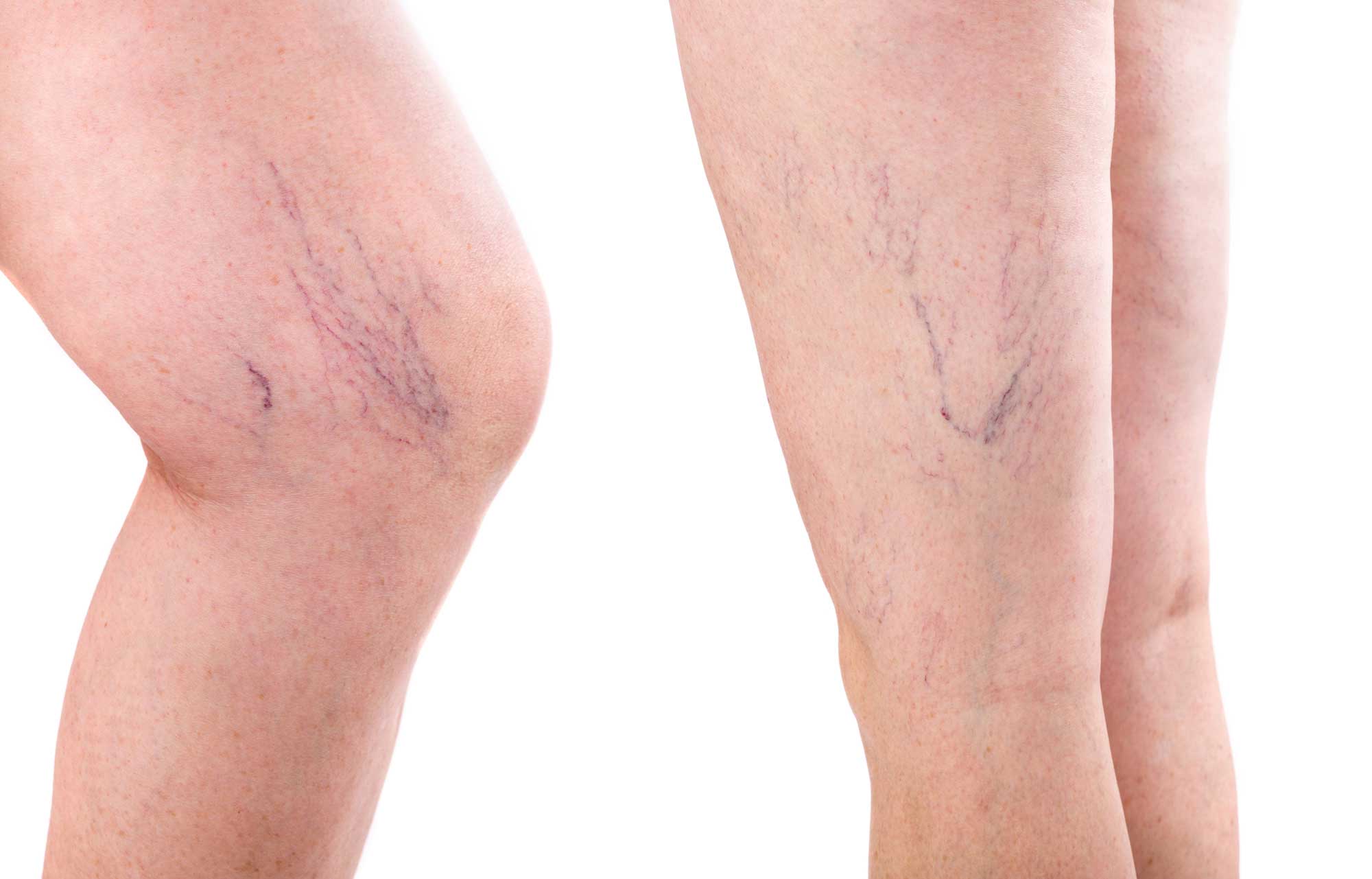
Spider and varicose veins are a form of venous insufficiency resulting from weakened or damaged valves in the leg veins. However, these two conditions have different symptoms; spider veins are small, thin lines that may be flat or slightly raised but are visible. On the other hand, varicose veins are larger and deeper than spider veins Bakersfield and may appear lumpy or twisted. Although spider veins are typically harmless to your health and are painless most of the time, they sometimes cause some discomfort. Whether for cosmetic reasons or due to bothersome symptoms, below are treatment options that your healthcare provider may recommend for spider veins.
Lifestyle changes and self-care tips
Certain lifestyle adjustments and self-care can help prevent existing varicose veins from worsening and new ones from forming. For example, wearing sunscreen daily can prevent spider veins from forming on your face. Wear wide-brimmed hats to cover your face from the sun when going outdoors for extended periods. Reaching or maintaining a moderate weight also reduces pressure on the veins, improving blood flow.
Elevating your legs, exercising regularly, avoiding tight clothing, limiting alcohol consumption, and staying mobile can also help treat spider veins.
Support stockings
The most conservative approach is to wear compression stockings, especially if the veins cause symptoms like pain and swelling. Compression stockings create gentle pressure in your legs to improve blood flow; this can also prevent the further development of spider veins. They can also reduce swelling and the risk of blood clots in your legs. Different compression garments; are available in many stores, while others require a doctor’s prescription. The over-the-counter ones provide light to medium pressure, while prescription compression stockings offer the most pressure to the legs and feet. Prescription compression stockings are inappropriate for people with heart failure or other heart problems.
Sclerotherapy
Sclerotherapy works best for spider veins; this minimally invasive procedure involves injecting a solution directly into the affected vein, causing it to scar. As a result, blood reroutes to healthier veins, and the collapsed vein vanishes. The treated veins tend to fade within a few weeks but may not clear up completely. It might take over a month to notice full results; sometimes, multiple treatment sessions are necessary. Your doctor will ask you to wait about six weeks before you can have another sclerotherapy treatment.
Endovenous laser ablation
During this procedure, your doctor makes a small incision near the vein and inserts a small catheter with a device at its tip that heats the damaged vein. The pulses of laser light delivered inside the vein causing it to collapse. Although endovenous laser ablation is safe and complication-free, it is associated with a few risks, including blood vessel damage, infection, inflammation of the vein, and nerve damage due to heat. This treatment is often performed under local anesthesia and on an outpatient basis.
Surgical treatments like vein stripping and ligation are often used on larger varicose veins, not spider veins. Usually, these veins have become severe enough to cause ulcers or sores.
If your spider veins are causing discomfort, book an appointment with your doctor at Heart Vascular and Leg Center for Treatment.